
In humid weather, walls are easily moldy and peeling. Do this immediately to improve the situation.
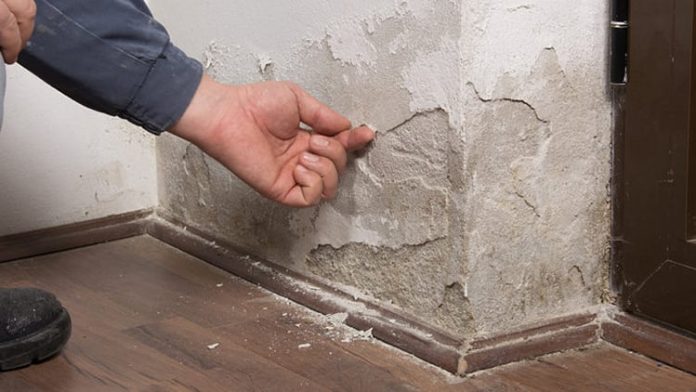
Apply These Simple Methods to Protect Your Home from Dampness and Mold!
Humid weather is one of the biggest challenges for many families, especially during the first months of the year. High humidity doesn’t just make the air feel uncomfortable — it also causes mold, wall peeling, and an unpleasant musty smell. Over time, this can seriously affect the appearance of your home and even your health, leading to respiratory issues and allergies.
So how can you protect your home from moisture damage? Let’s explore a few simple and effective methods that will help keep your living space clean, dry, and fresh all year round.
1. Keep Your Home Well-Ventilated to Prevent Moisture Build-Up
Many people believe that keeping doors and windows tightly closed can stop damp air from entering the house. In reality, doing so traps humid air inside, creating a perfect environment for mold and mildew to thrive.
Here’s how to keep your home properly ventilated:
-
During the day, when the weather is dry, open doors and windows to let fresh air circulate throughout the house.
-
At night, when humidity usually rises, close the windows to prevent moisture from entering.
-
Use exhaust fans or dehumidifying functions on air conditioners to reduce indoor humidity effectively.
Good ventilation not only prevents mold but also helps eliminate odors and keeps your home feeling fresh.
2. Use a Dehumidifier or Air Conditioner with “Dry Mode”
A dehumidifier is one of the most efficient tools for reducing excess moisture in the air and preventing walls from becoming damp or flaky. If you don’t own one, you can use your air conditioner’s “Dry Mode” feature, which works similarly to remove moisture from the air.
In addition, you can place activated charcoal bags, coffee grounds, or lime powder in corners, closets, and under furniture. These natural materials help absorb excess moisture and neutralize odors effectively — a simple trick that requires no electricity.
3. Clean Floors the Right Way – Avoid Using Water
During humid days, the floor can become damp and slippery. Mopping with water only increases the moisture level. Instead, try these methods:
-
Use a dry or well-wrung mop to clean your floors.
-
Sprinkle a thin layer of dry plaster powder or cement on the floor and sweep it up after a few minutes — it helps absorb excess moisture naturally.
-
Avoid drying laundry indoors, as the evaporation from wet clothes will raise the humidity level in your home.
These small changes make a big difference in keeping your home’s air and surfaces dry.
4. Treat Moldy or Peeling Walls Immediately
If your walls are already showing signs of dampness or peeling paint, it’s important to act fast to prevent the problem from spreading.
Try these remedies:
-
Wipe mold stains with a solution of white vinegar or diluted baking soda, both of which are natural and safe disinfectants.
-
If the paint layer has peeled off severely, remove the old paint, allow the wall to dry completely, and then repaint with waterproof or anti-mold paint to prevent recurrence.
-
For added protection, consider covering the wall with insulation foam panels or plastic wall boards, which can block moisture penetration and keep the surface dry longer.
Regular maintenance helps preserve the beauty and durability of your home’s interior.
5. Use Heaters or Air Blowers to Keep the Air Dry
On extremely humid days, using a space heater, infrared lamp, or warm-air blower can help speed up the drying process, especially for walls and bathrooms.
However, it’s important to be careful:
-
Avoid overheating the room, as excessive heat can cause cracks in the wall or damage to the paint layer.
-
Keep the heater at a safe distance from furniture and electrical outlets to prevent accidents.
Using gentle warmth helps maintain a comfortable, dry indoor environment even during damp weather.
Final Thoughts
Humid air is the silent enemy of every home — it can weaken walls, cause mold to spread, and create health risks if ignored. But with the right measures, you can keep your living space dry, safe, and pleasant.
Start by ventilating your home properly, controlling humidity with dehumidifiers or natural absorbents, and maintaining your walls and floors regularly. These simple habits will not only protect your house from dampness and deterioration but also create a cleaner, healthier environment for your family to enjoy.
News in the same category


Stir-fried beef is tough: Add these 3 steps, the meat will be softer, sweeter, and tastier than in restaurants

Using Hot Water to Clean a Greasy Pan Sounds Smart — But It’s Actually Doing More Harm Than Good

Why seniors should keep their socks on even at home
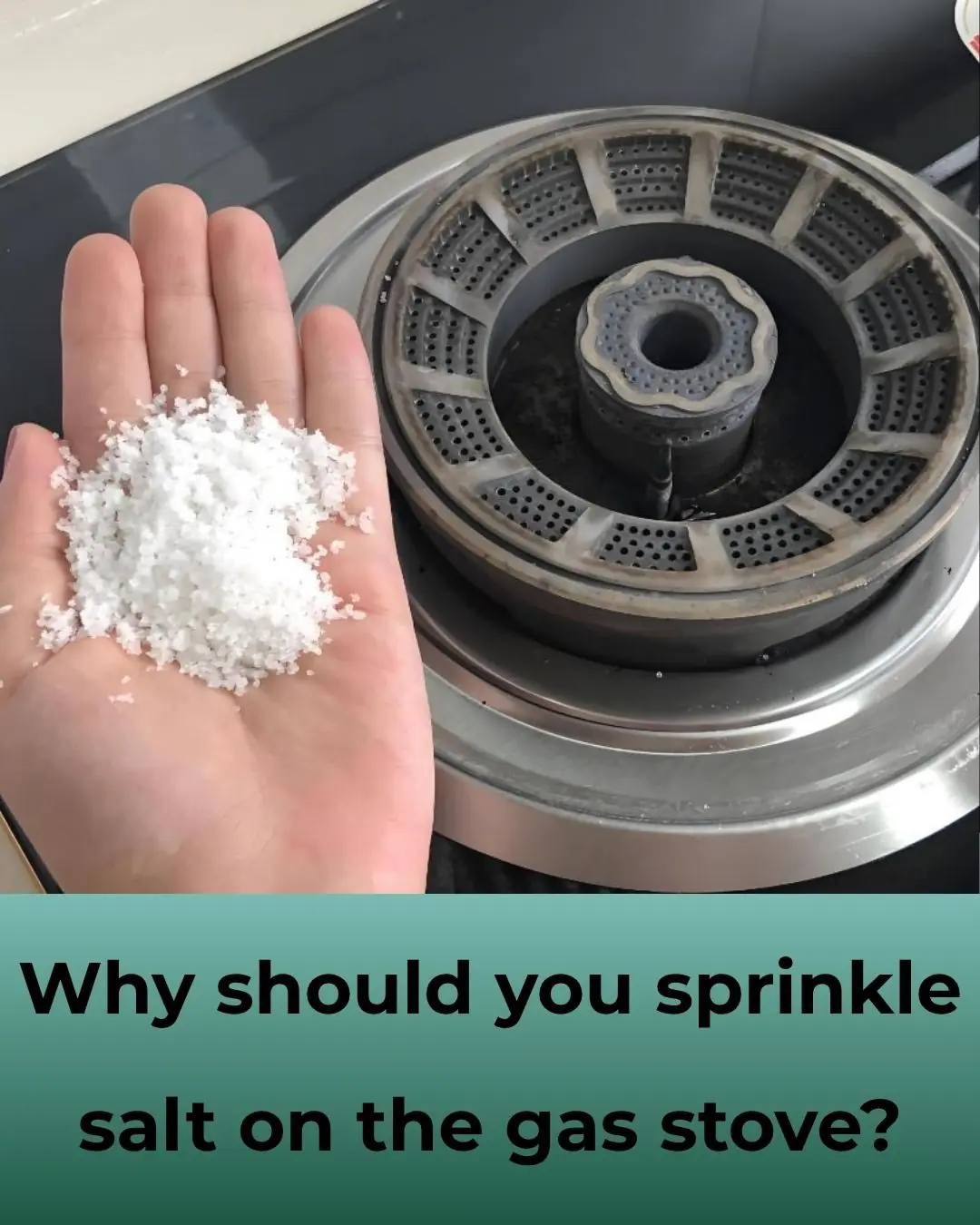
Why You Should Sprinkle Salt on Your Gas Stove — The Surprising Cleaning Hack That Works Wonders

10 fridge habits you’re doing wrong

Stop throwing out old hoses. Here are 10 brilliant hacks to use them around the house

You’re doing it all wrong. Here’s the right way to clean air vents

My nana taught me this hack to get rid of lawn burn from dog pee in 5 mins with 0 work. Here’s how it works

You're doing it all wrong. Here’s the right way to store milk and dairy
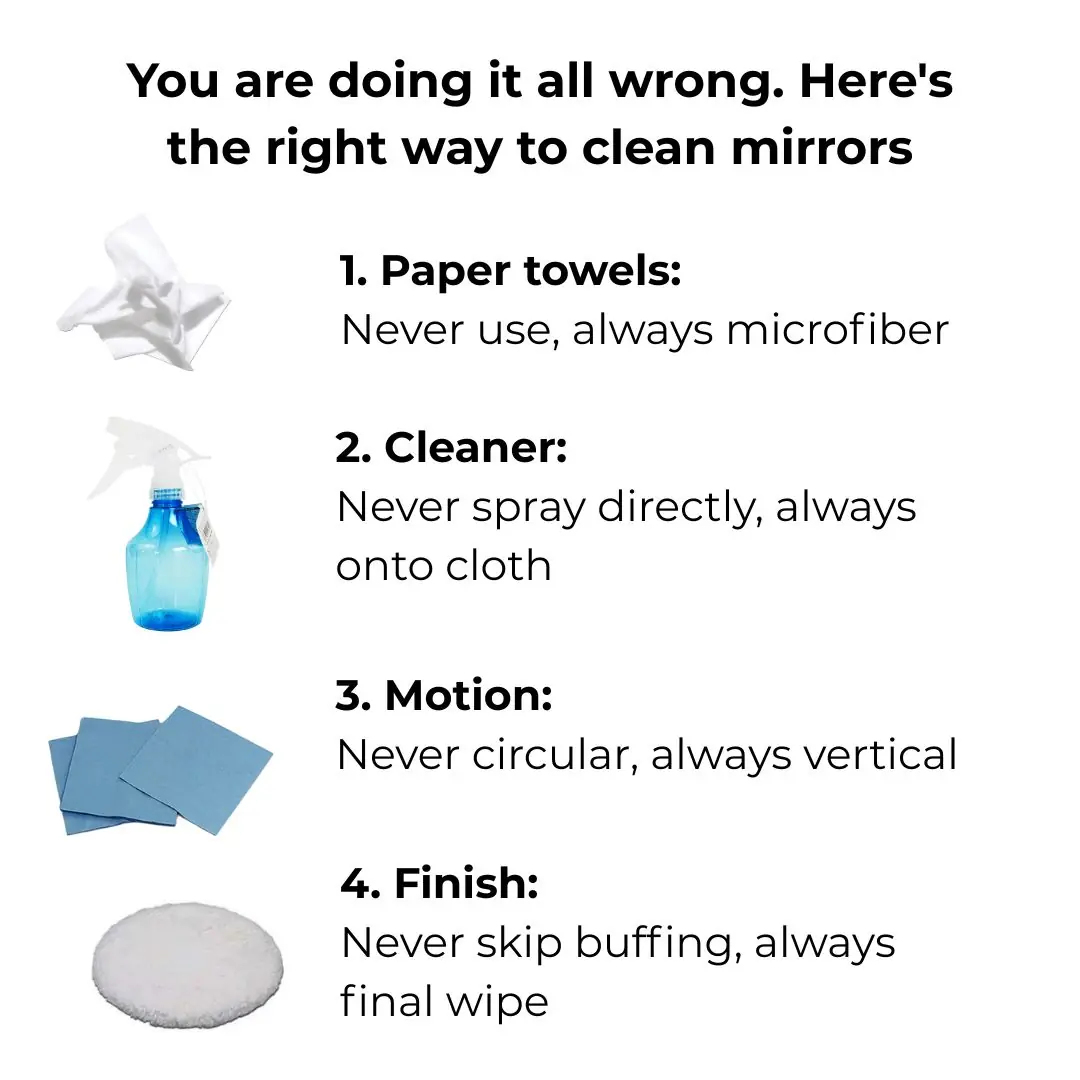
You are doing it all wrong. Here's the right way to clean mirrors

Most do this wrong. 10 leftovers you’re storing wrong

Delicious and crispy onion salt, you can keep it all year round without worrying about scum, just make it this way, whoever eats it will remember it forever

You are doing it all wrong. Here's the right way to store cleaning supplies

My nana taught me this hack to whiten yellow pillows in 5 mins with 0 work. Here’s how it works

If you see this plant, you are sitting on gold and don't even know it.

The truth about eating green papaya and ripe papaya is a secret that few people know

The 'green miracle' fruit that fights cancer and treats diabetes but is overlooked by many: Sold widely in Vietnamese markets

How to wash and condition hair with rice water to reduce hair loss and continuously promote new hair growth

4 dishes using hairleaf herb to effectively treat stomach pain
News Post
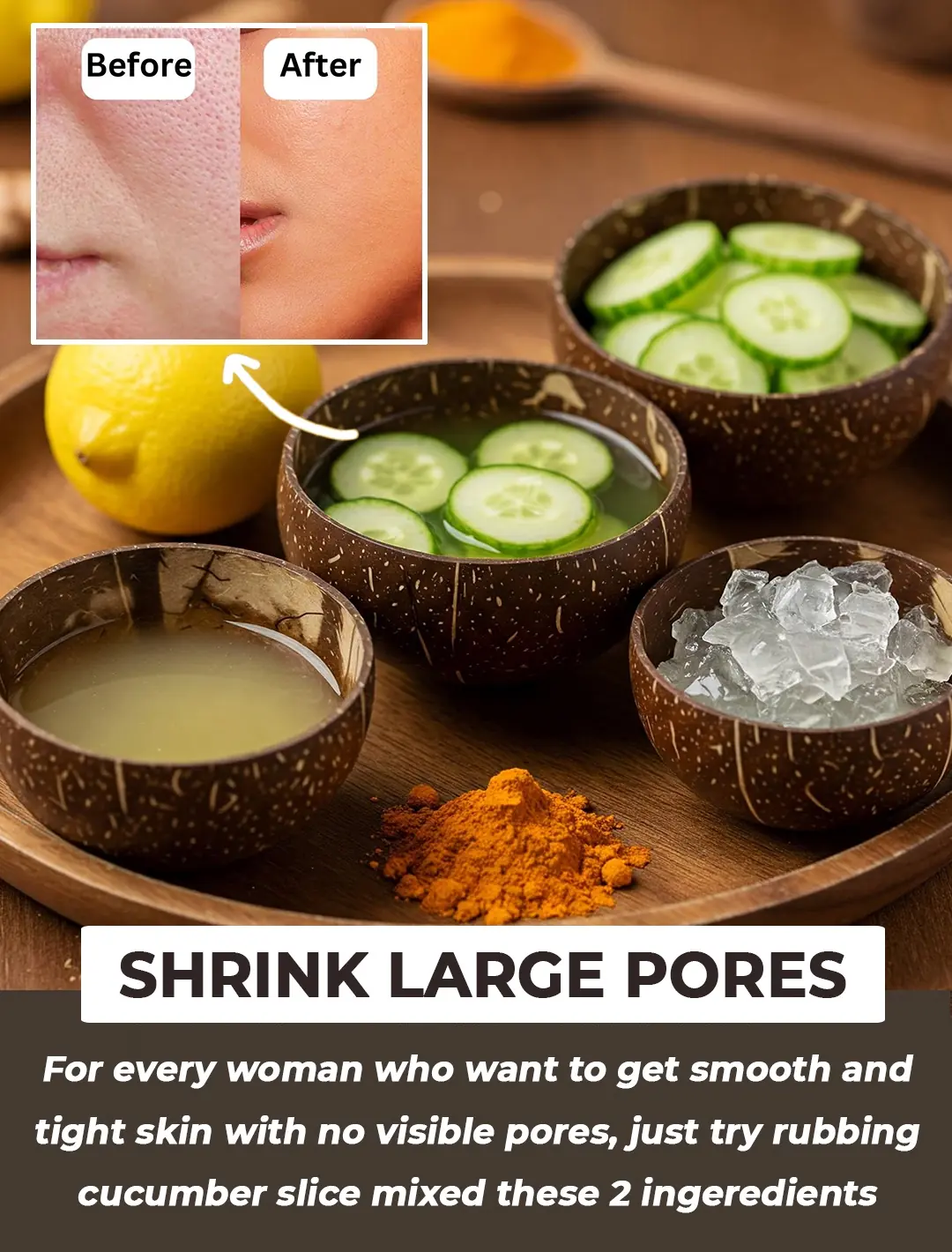
Top 5 Natural Remedies to Shrink Enlarged Pores and Achieve Smooth Skin

DIY Onion Sunflower Seed Oil: Get New Hair In Bald Patches

Homemade Carrot Oil for Glowing Skin: A Natural Solution for Dark Spots, Wrinkles & Anti-Aging

Glow Ice: Rice Water Cubes to Shrink Pores and Get Clear, Radiant Skin

The Body’s Intuition: Signs of an Impending End

When boiling sweet potatoes, don't just use water, add 1 spoon of this, every tuber will be soft and sweet

Stir-fried beef is tough: Add these 3 steps, the meat will be softer, sweeter, and tastier than in restaurants

The Shoes You Pick Reveal What Kind of Woman You Are

Dead Butt Syndrome Is Real

Stop This Spider From Entering Your Home

Why We Can’t Sleep Without a Blanket Even on Hot Nights

Using Hot Water to Clean a Greasy Pan Sounds Smart — But It’s Actually Doing More Harm Than Good

Why seniors should keep their socks on even at home

Why You Should Sprinkle Salt on Your Gas Stove — The Surprising Cleaning Hack That Works Wonders

10 fridge habits you’re doing wrong

A 3-Year-Old Girl Bit a Thermometer and Swallowed Mercury: A Mother’s Smart Reaction Saved Her Daughter’s Life and Earned the Doctor’s Praise
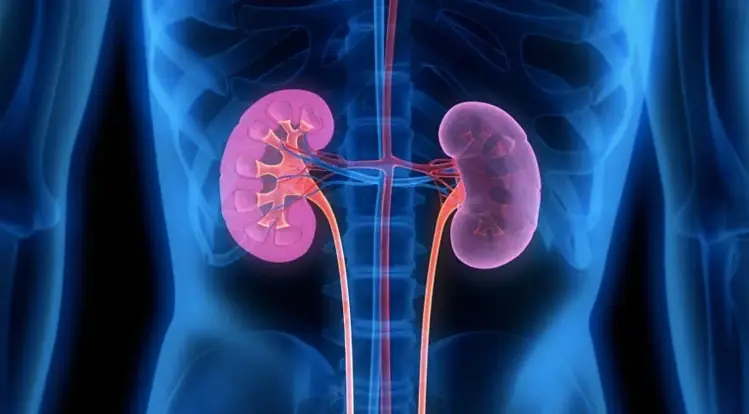
5 Signs of Kidney Failure That, If Ignored, Could Lead to a Lifetime of Dialysis

Is Cancer Hereditary? Useful Advice to Prevent the Growth of Cancer Cells

4 types of people who should avoid eating cucumbers
